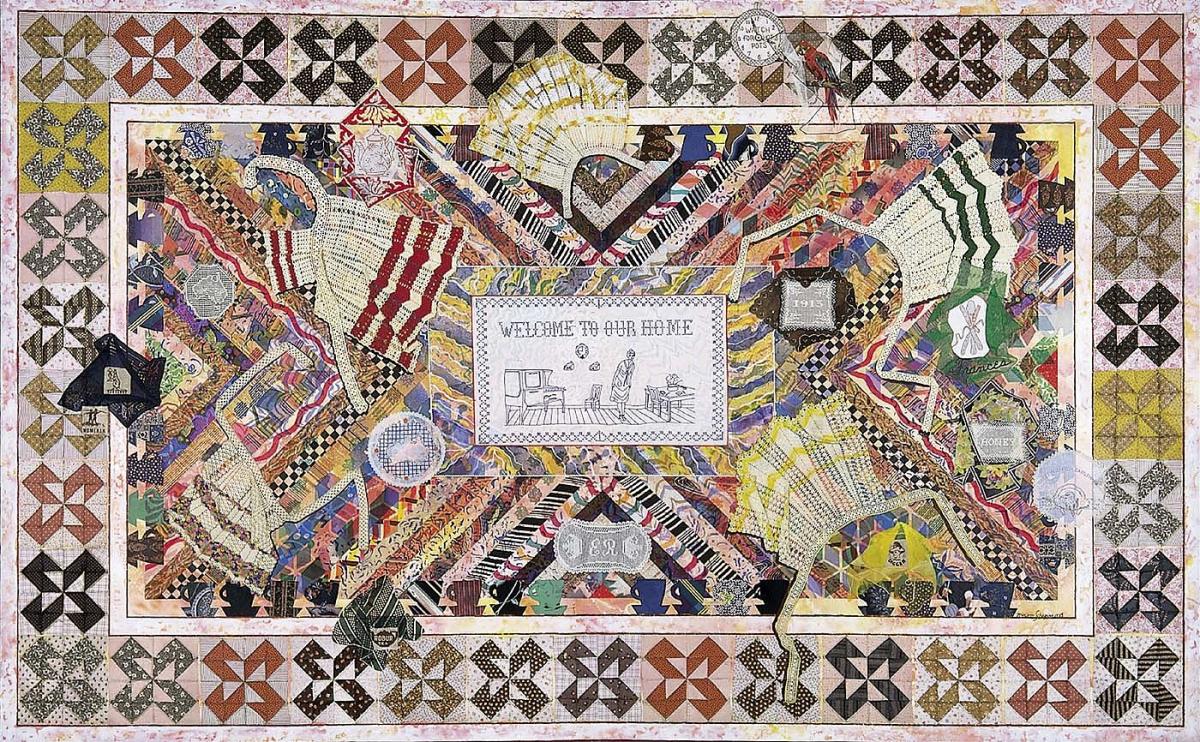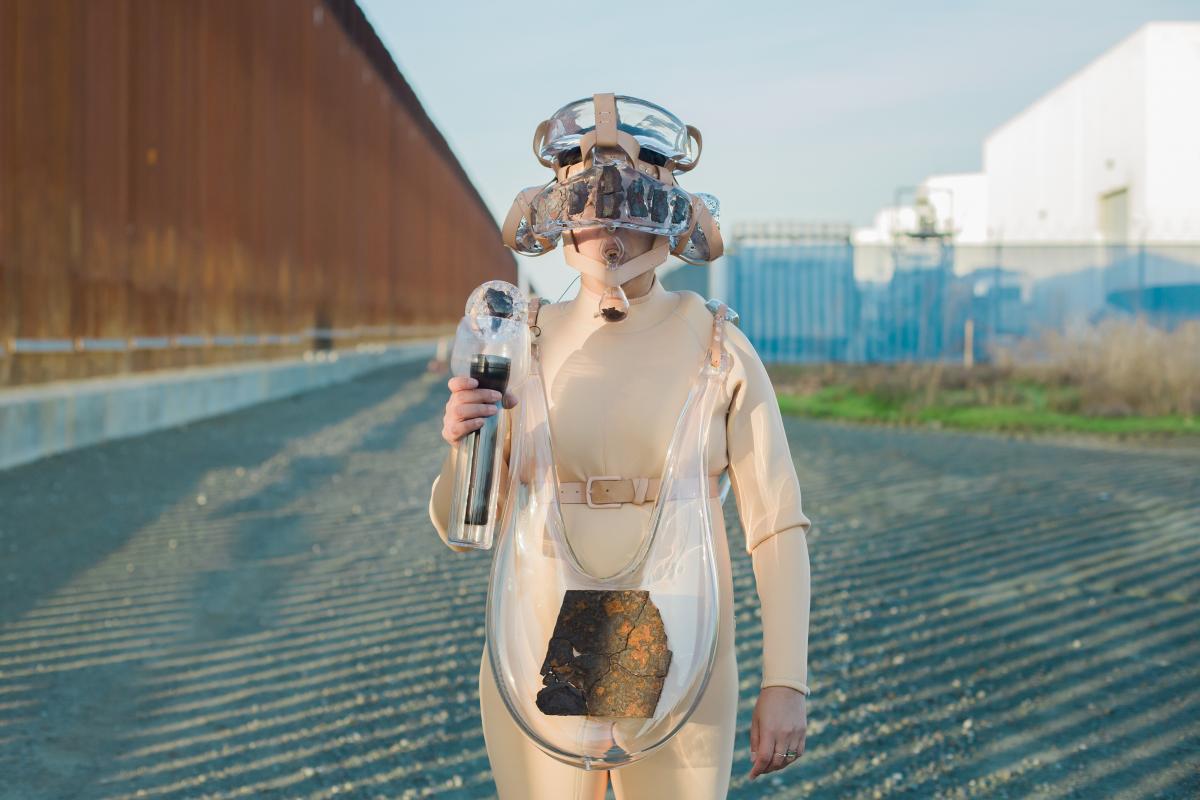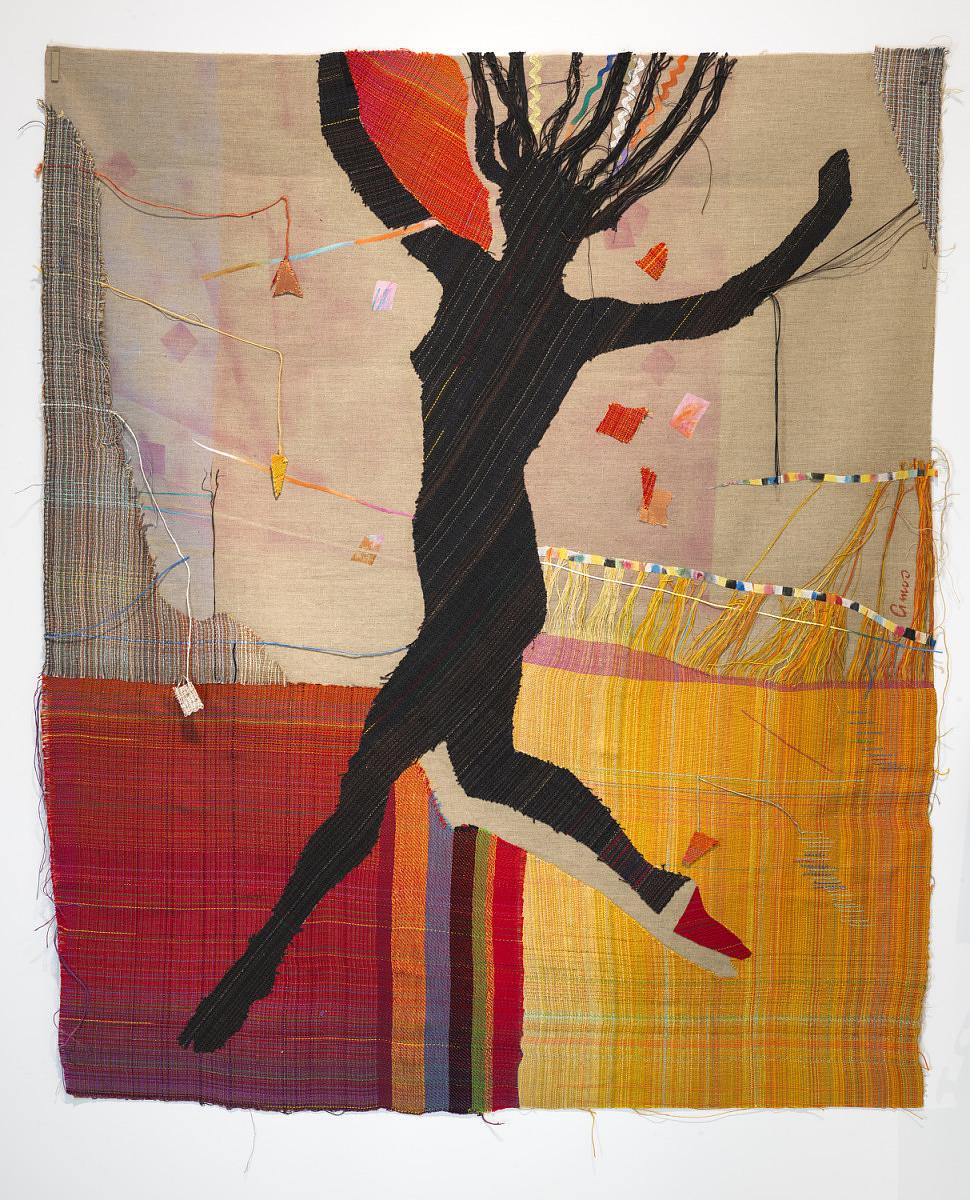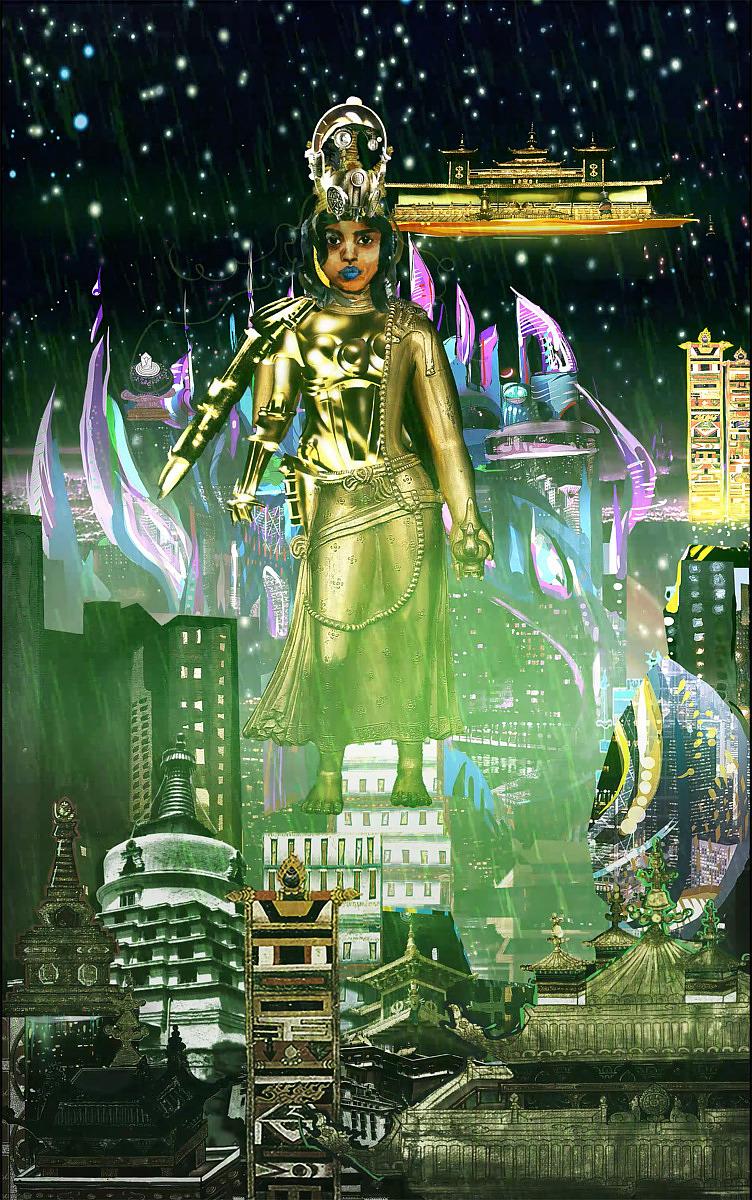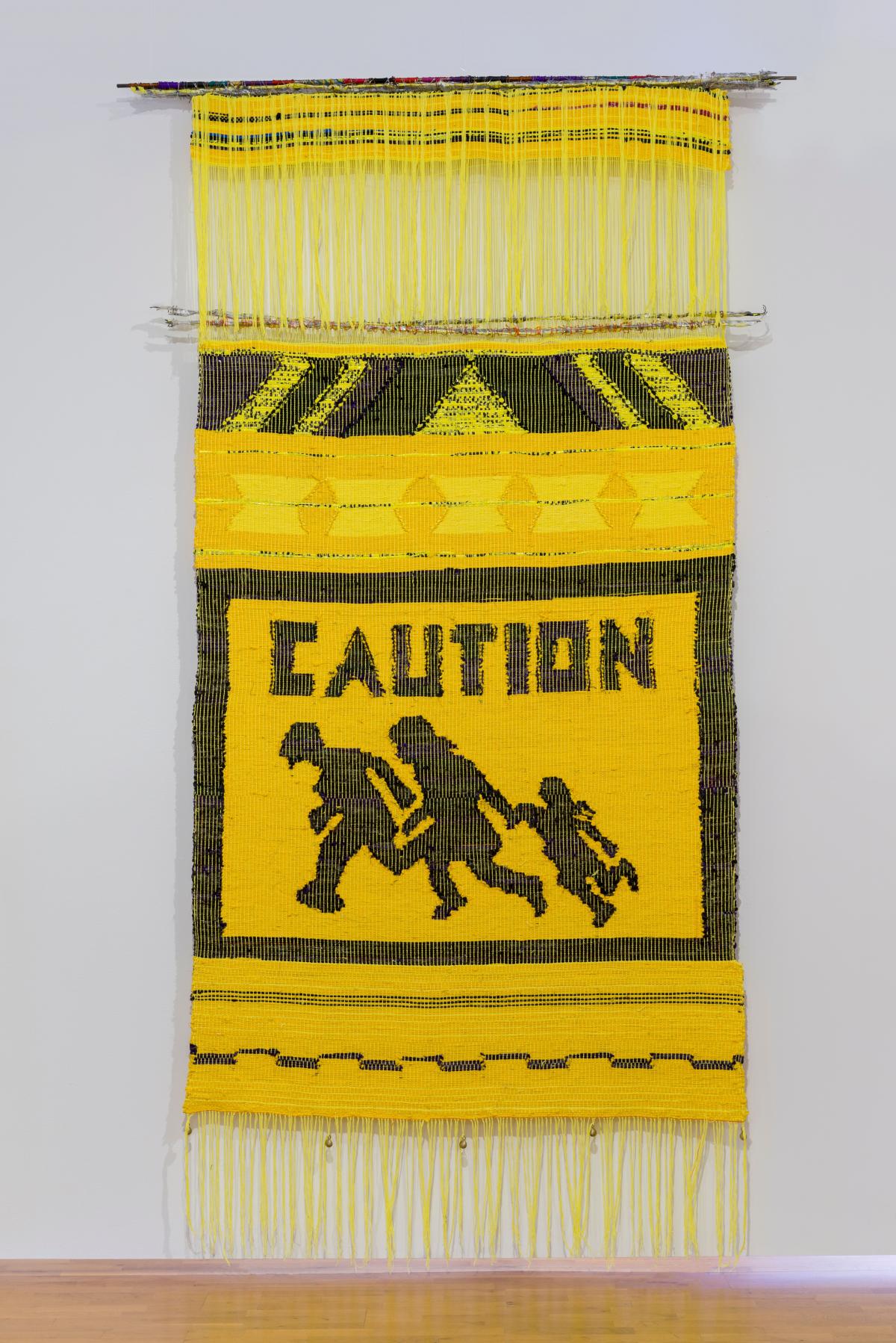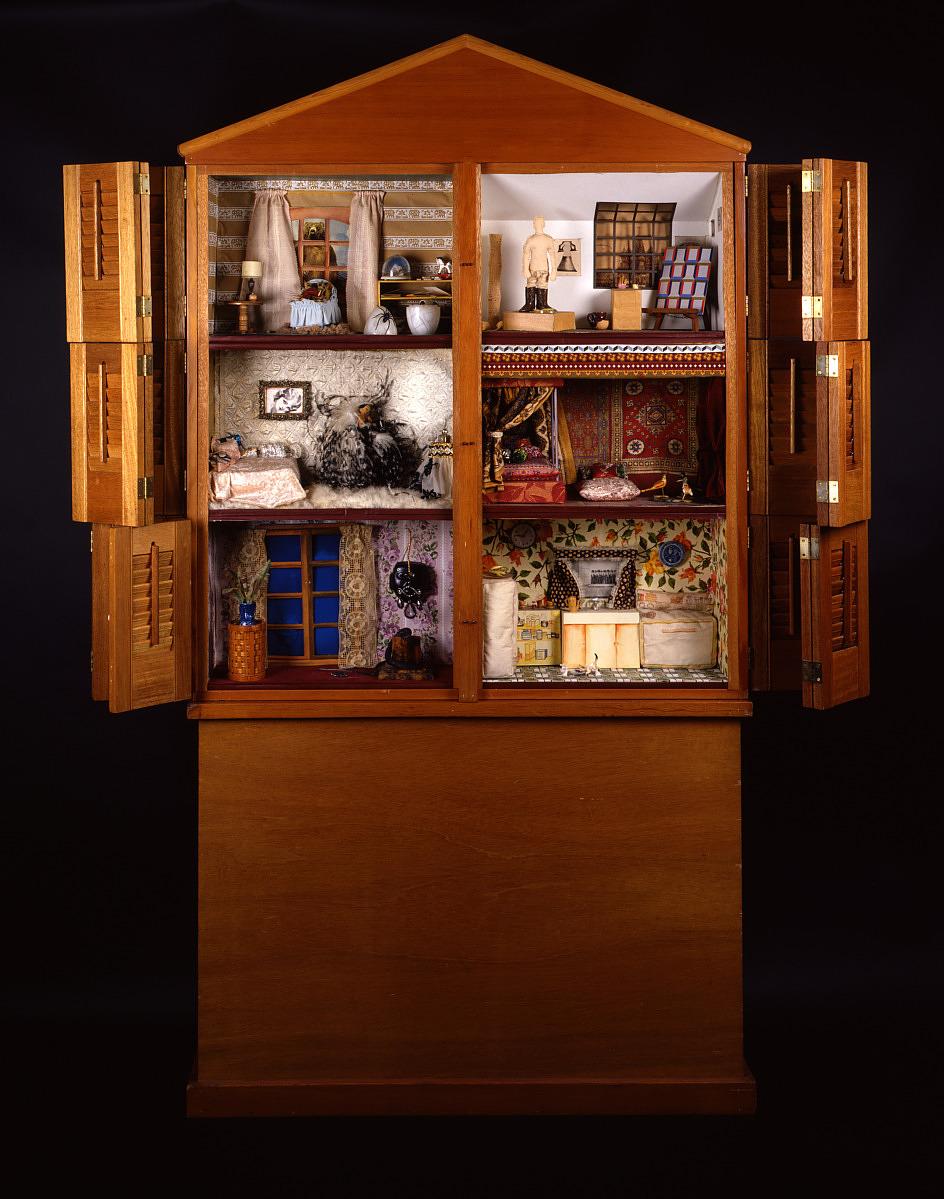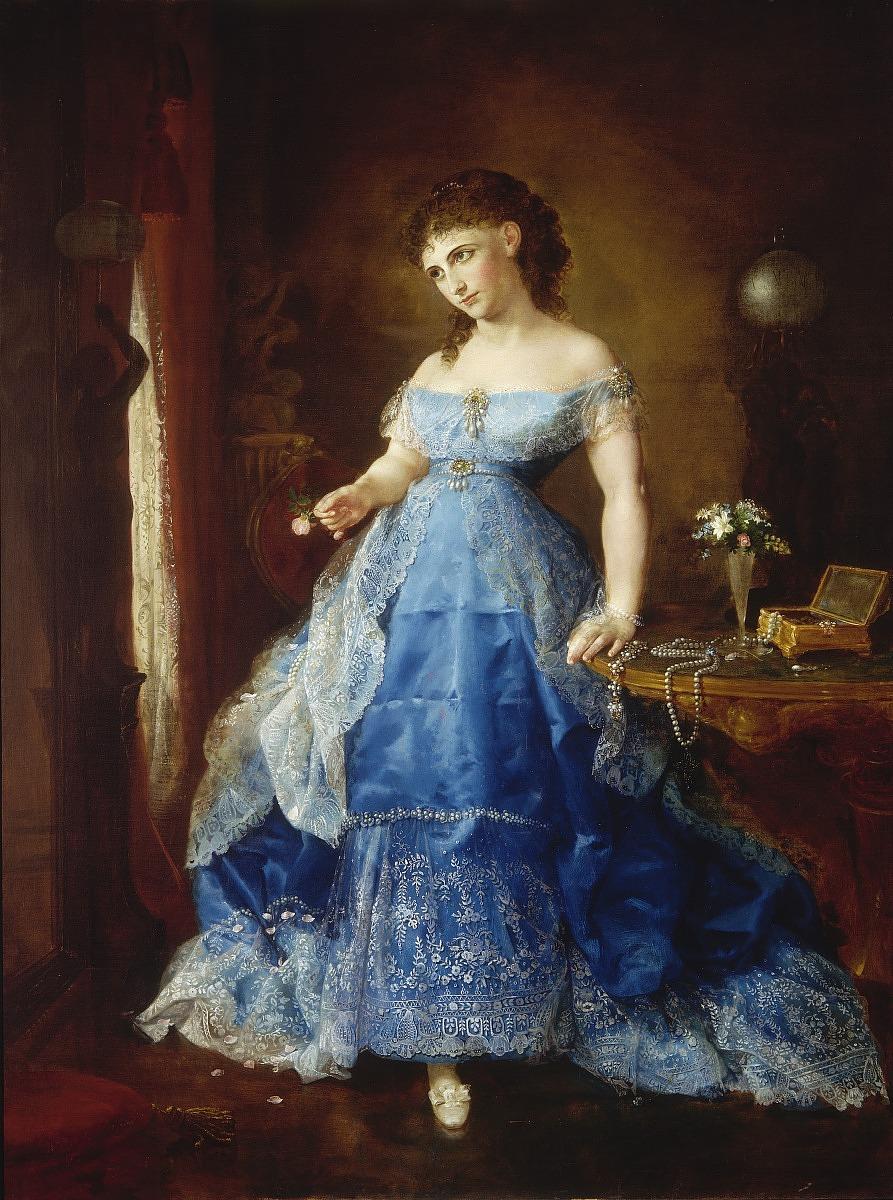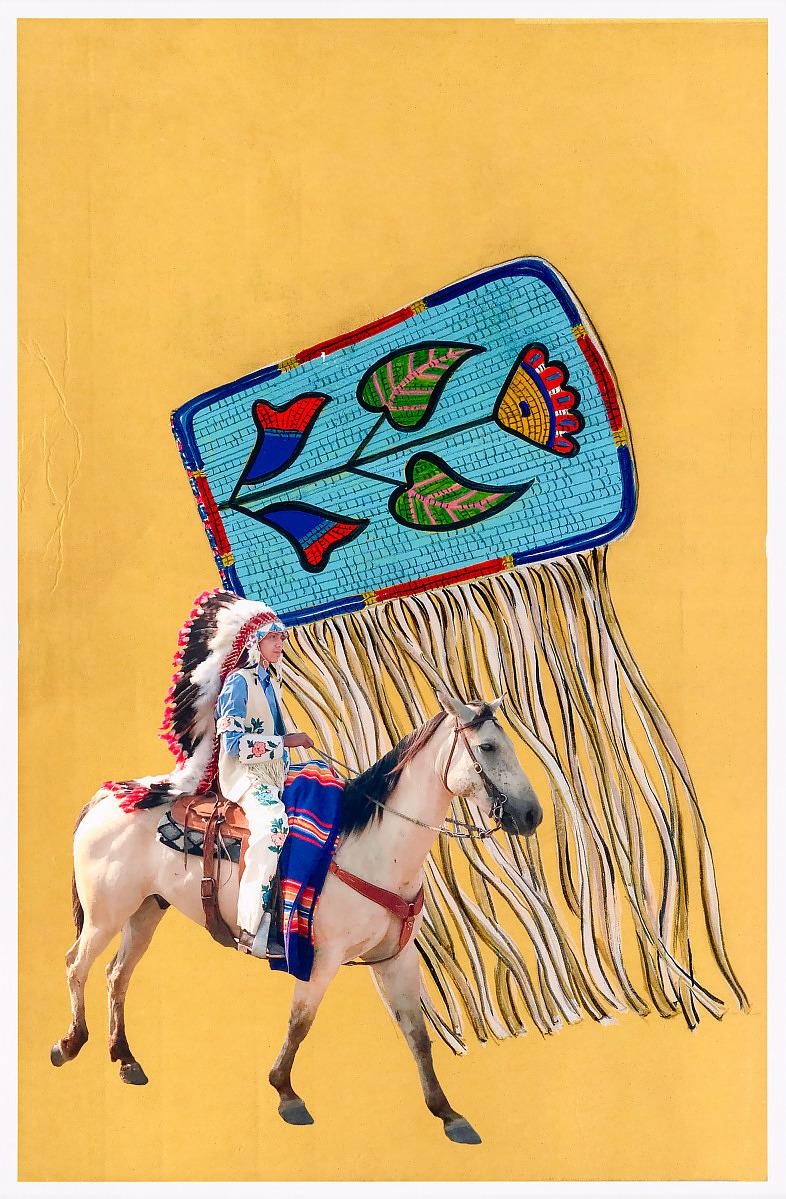
Three years ago, we launched the first series of Drawn to Art: Tales of Inspiring Women Artists, our visual storytelling project that riffs on the genre of graphic novels. Our stories, however, are solely digital (at least for now) and run about five pages. Still, there’s a lot of life you can pack into five pages when you’re telling a story with both words and pictures. Our launch in 2021 featured Anni Albers, Mickalene Thomas, and Romaine Brooks, among others. We continued in 2022 with artists that included Judy Baca, Sonya Clark, Nellie Mae Rowe, Ester Hernandez, and Tiffany Chung.
We’re happy to announce that in September, 2023, we’ll publish the third series of Drawn to Art, illuminating the lives of women artists, some you may already know, and some you’ll perhaps be meeting for the first time: Laura Aguilar, Tanya Aguiñiga, Emma Amos, Chitra Ganesh, Barbara Jones-Hogu, Sister Gertrude Morgan, Wendy Red Star, Miriam Schapiro, Lilly Martin Spencer, and Consuelo Jimenez Underwood. Their stories span the centuries and reflect artists from different backgrounds creating works of art in their own unique styles.
Laura Aguilar
As someone who challenged accept standards of beauty and represented the queer community, Laura Aguilar is one of the most influential Chicana photographers of her generation.
Tanya Aguiñiga
Tanya Aguiñiga is known for her community-based projects and activism that involve interactions at the border.
Emma Amos
Emma Amos was a postmodern African-American painter and printmaker. She worked with political and feminist collectives throughout her career, creating colorful multi-media works that talked about her identity as a Black woman.
Chitra Ganesh
Chitra Ganesh was born in NY to Indian immigrant parents. She draws from Indian mythology, literature, and popular culture to reveal feminist and queer narratives from the past and to imagine new visions of the future.
Consuelo Jimenez Underwood
Fiber artist and weaver Consuelo Jimenez Underwood is the daughter of migrant agricultural workers. In her richly textured creations, she weaves common threads of history and cultural resistance and affirmation.
Barbara Jones-Hogu
The artist’s groundbreaking prints spoke to the Black Power movement and were an integral part of the political and social conversations of the 1960s and 1970s.
Sister Gertrude Morgan
Sister Gertrude Morgan saw art as way to convey her faith and spread the Word of God. She was equal parts musician, painter, and poet, expressions that both energized and helped share her sanctified journey. She fascinated people for the “non-artist” ways of her artistry, and changed views on what it meant to be an artist, and what constituted a meaningful work of art.
Miriam Schapiro
Miriam Schapiro was a groundbreaking feminist artist whose collaborative project, Womanhouse, critiqued the misogyny of everyday life.
Lilly Martin Spencer
Her genre paintings of domestic scenes were filled with humor. Lilly was the breadwinner for the family, making and selling paintings, while her husband stayed home with the children.
Wendy Red Star
Wendy Red Star reassesses misconceptions around Native identity from a distinctly feminist, Indigenous perspective.
While we prepare the newest comics for publication this fall, please enjoy the twenty that are already published on SAAM’s website, as well as blog posts that take a deeper look into individual comics and artists.














